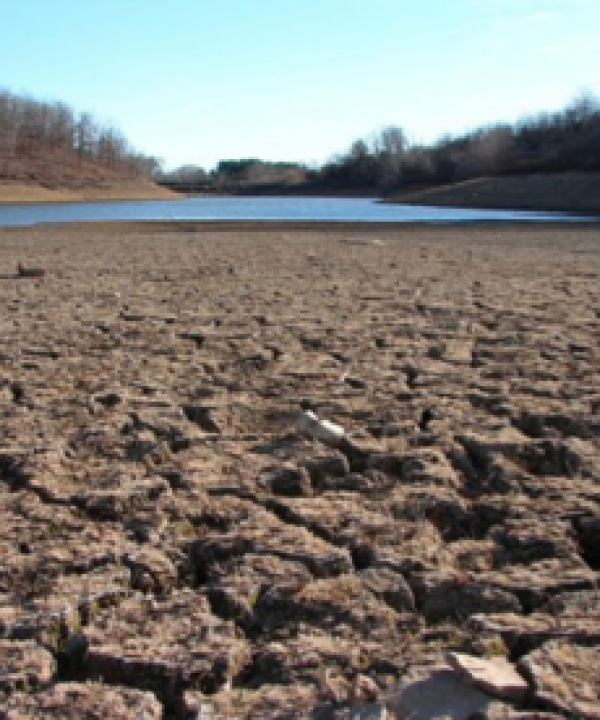
California is in the midst of a historic drought. 2013 was the driest year since the state began keeping records 150 years ago, and this is the third driest year in a row. We began 2014 with record-low snowpack and reservoir levels. Newspaper headlines have been stark, warning of communities using their last months of water, zero deliveries from the state water project and rivers closed to fishing. Recent rains have not changed the fundamental situation: California is facing severe, perhaps unprecedented, water shortages. How bad is California’s drought and what are state officials likely to do about it? How will it affect agriculture, cities, homeowners, businesses and the Stanford campus?
On February 25, 2014, Water in the West brought together three Stanford experts to discuss the causes, policy implications and possible responses to the drought. Topics included:
• The meteorological causes of the drought and the longer-term implications of climate change for water supply
• California’s historical responses to drought and how the state, communities and water managers may cope with the drought this summer
• How the drought could influence California water policy
• The implications of the drought for the Stanford community and Stanford’s plans for adapting to the drought
Panelists:
Leon Szeptycki (Moderator) – Executive Director of Water in the West and Professor of the Practice at the Woods Institute. Water in the West is a Stanford program to foster interdisciplinary research and convene leaders from a broad spectrum of interests to address one of the American West’s greatest challenges. Leon is an attorney who specializes in water quality, water use and watershed restoration.
Daniel Swain – A Ph.D. candidate in Stanford’s Department of Environmental Earth System Science who coined the widely used term “Ridiculously Resilient Ridge” on his blog, weatherwest.com, to explain California’s drought. Daniel studies atmospheric processes that connect the earth’s middle latitudes to equatorial and polar regions with a particular emphasis on how these latitudinal links might be affected by broader climate change.
Barton H. “Buzz” Thompson – A leading expert in environmental and natural resources law and policy. Professor Thompson is the founding director of Stanford Law School’s Environmental and Natural Resources Law and Policy Program, Perry L. McCarty Director and Senior Fellow at the Stanford Woods Institute for the Environment, and a Senior Fellow (by courtesy) at the Freeman Spogli Institute for International Studies. He is also the chairman of the board of the Resources Legacy Fund and the Resources Legacy Fund Foundation, a California trustee for The Nature Conservancy, and a board member of both the American Farmland Trust and the Sonoran Institute.
Tom Zigterman -- Associate Director, Water Services and Civil Infrastructure, Stanford University. Tom manages the operations of Stanford’s water supplies, including domestic water, surface water, wastewater and storm drainage systems, as well as other civil infrastructure such as dams, bridges and roads. He also chairs the Water Sustainability Working Team, which is currently planning the long-term sustainable management of Stanford’s water supply and demand.
Read articles about the event here and here.

![[Woods Logo]](/sites/default/files/logos/footer-logo-woods.png)
![[Bill Lane Center Logo]](/sites/default/files/logos/footer-logo-billlane.png)